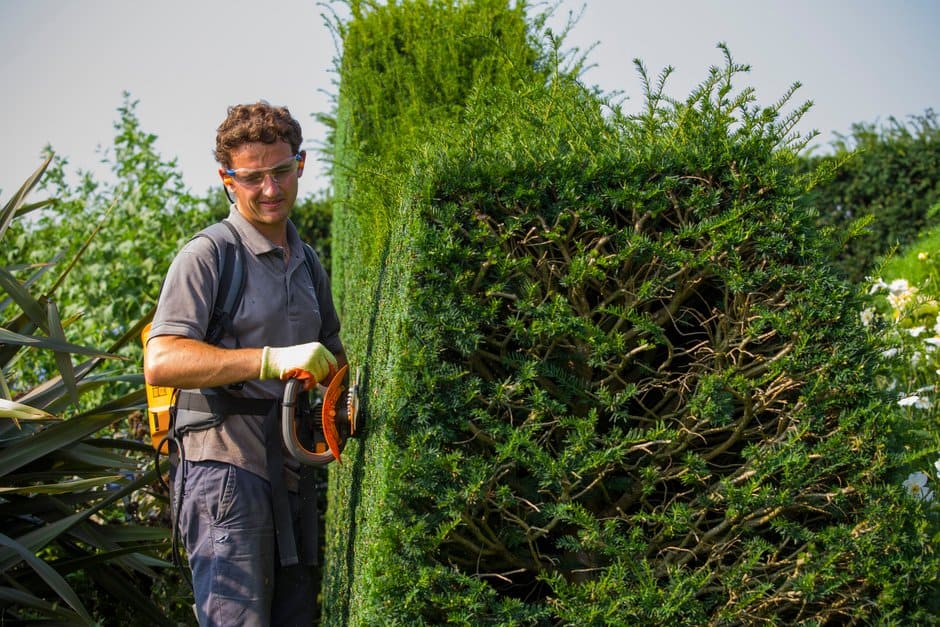Welcome to our comprehensive guide on hedge trimming and garden pruning, where we explore the art of maintaining a neat and tidy garden while ensuring responsible green waste disposal practices. Whether you’re a seasoned gardener or just starting, understanding how to properly manage green waste is essential for both the health of your garden and the environment.
Hedge Trimming and Garden Pruning
Hedge Trimming:
Hedges not only enhance the aesthetic appeal of your garden but also provide privacy and define spaces. Regular trimming promotes healthy growth and maintains desired shapes. Here are key tips for effective hedge trimming:
- Timing: Trim hedges during their dormant seasons to avoid disrupting active growth.
- Tools: Use sharp, clean tools suitable for the hedge type to ensure clean cuts and minimize damage.
- Techniques: Trim from the bottom upwards for an even finish, and consider using guides or markers for precise shaping.
Garden Pruning:
Pruning is vital for the overall health and productivity of plants. It involves removing dead, damaged, or overgrown branches to stimulate new growth and maintain plant vigor. Key pruning tips include:
- Know Your Plants: Different plants require different pruning techniques. Research specific requirements for each type in your garden.
- Sanitize Tools: Clean pruning tools with a disinfectant between uses to prevent the spread of diseases.
- Prune Strategically: Focus on removing problem areas while preserving the plant’s natural shape and structure.
Green Waste Disposal
Managing green waste responsibly is crucial to reduce landfill impact and maximize its potential as a resource. Here are eco-friendly disposal options for hedge trimmings and garden pruning waste:
1. Composting:
Composting is an excellent way to recycle green waste into nutrient-rich compost for your garden. Shred hedge clippings and smaller pruning waste to accelerate decomposition.
2. Mulching:
Use larger branches and woody material as mulch around plants to suppress weeds, retain moisture, and enrich soil fertility over time.
3. Recycling Centers:
Many local recycling centers accept green waste for composting or chipping. Check with your municipality for guidelines on drop-off locations and accepted materials.
4. Green Waste Collection Services:
Some areas offer curbside collection of green waste, which is then composted or processed into biofuels. Take advantage of these services if available in your area.
Conclusion
Mastering hedge trimming and garden pruning techniques not only enhances the beauty of your outdoor space but also contributes to plant health and longevity. By incorporating responsible green waste disposal practices like composting, recycling, and mulching, you can minimize environmental impact and nurture a sustainable garden ecosystem.








